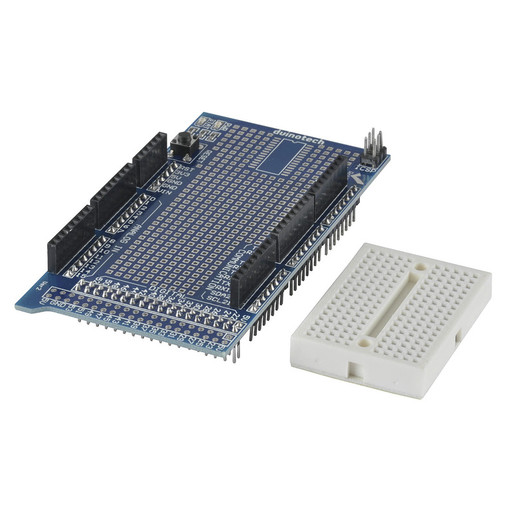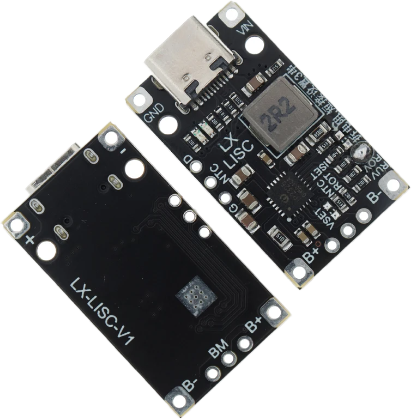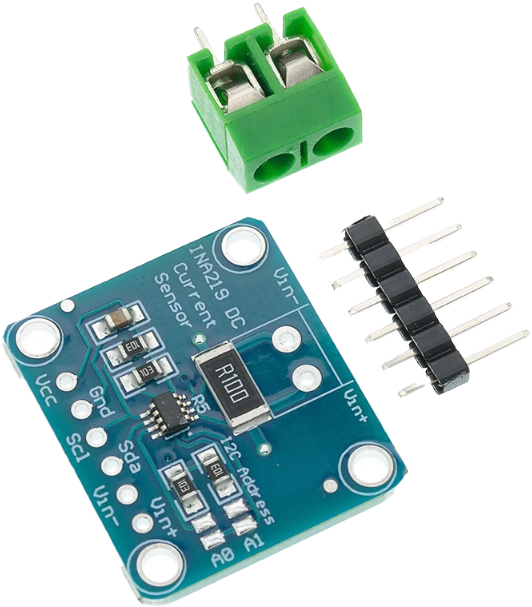

The Mega Proto Shield is an expansion board designed specifically for the Arduino Mega series microcontroller boards. It provides a convenient platform for prototyping and testing various electronic circuits and components. Here are the key specifications of the Mega Proto Shield: Compatibility: The Mega Proto Shield is compatible with Arduino Mega 1280 and 2560 boards, allowing seamless integration with these microcontroller boards. Proto Area: The shield features a large prototyping area with soldering pads and through-holes. This area allows users to build custom circuits, add components, and create their own electronic designs. Power Rails: The board includes power rails (both 5V and GND) that run along the sides of the prototyping area. These rails make it easy to distribute power to various components on the board. Reset Button: The shield is equipped with a reset button that can be used to reset the connected Arduino Mega board conveniently. Breadboard-Style Design: The prototyping area is laid out in a breadboard-style design, making it familiar and easy for users to work with components. Through-Hole Mounting: The shield can be securely attached to the Arduino Mega board using through-hole mounting points and provided header pins. Pinout Labels: The shield has clearly labeled pins and connectors, indicating the corresponding pins on the Arduino Mega board for easy and quick connection. Soldering Pads: The prototyping area includes multiple soldering pads for adding components directly to the board without using a breadboard. I2C and UART Headers: The shield provides separate headers for I2C and UART communication, making it convenient to connect I2C and UART devices. External Power Input: The Mega Proto Shield features an external power input connector, allowing you to power the connected Arduino Mega board through the shield itself. Integrated LEDs: The board includes built-in LEDs for easy debugging and testing purposes. The Mega Proto Shield is an excellent tool for rapid prototyping and experimenting with electronic circuits and components. It expands the capabilities of the Arduino Mega board, enabling users to build and test their projects without the need for a separate breadboard. With its convenient layout and labeling, it provides a user-friendly experience for both beginners and experienced electronics enthusiasts.

